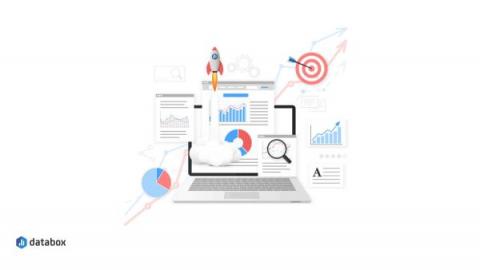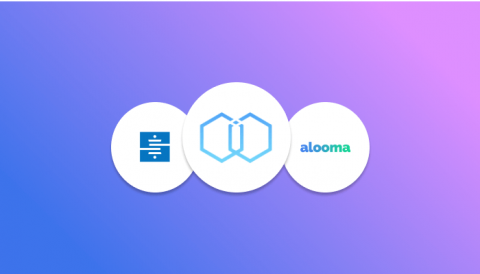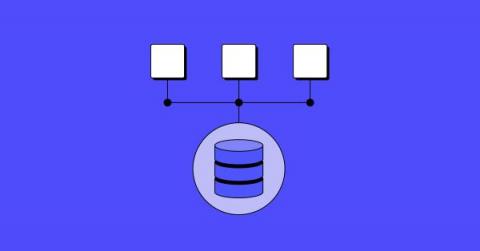Analytics
Built with BigQuery: How Tamr delivers Master Data Management at scale and what this means for a data product strategy
Built with BigQuery: How Tamr delivers Master Data Management at scale and what this means for a data product strategy
The Anatomy of Data Analysis - Types, Techniques, Step-by-Step Guide & Expert Tips
How to do multivariate time series forecasting in BigQuery ML
Multivariate time series forecasting allows BigQuery users to use external covariate along with target metric for forecasting.
Snowflake Workloads Explained: Applications
Hollywood Creativity
Stitch vs. Datastream vs. Integrate.io: Pricing, Features and Reviews
The Top 7 ETL Events & Conferences 2022
Driving Data, Delivering Value: Data Leaders to Watch in 2023
The Chief Data Officer is arguably one of the most important roles at a company, particularly those that aspire to be data-driven. CDO appointments and the elevation of data leaders have accelerated in recent years, and the role has morphed as perceptions of data have evolved. Responsibilities span strategy and execution, people and processes, and the technology needed to deliver on the promise of data.
Best data modeling methods for data and analytics engineers
Recently, I published a blog on whether self-service BI is attainable, and spoiler alert: it certainly is. Of course, anything of value usually does require a bit of planning, collaboration, and effort. After the article was published, I began having conversations with technical leaders, analysts, and analytics engineers, and the topic of data modeling for self-service analytics came up repeatedly.









